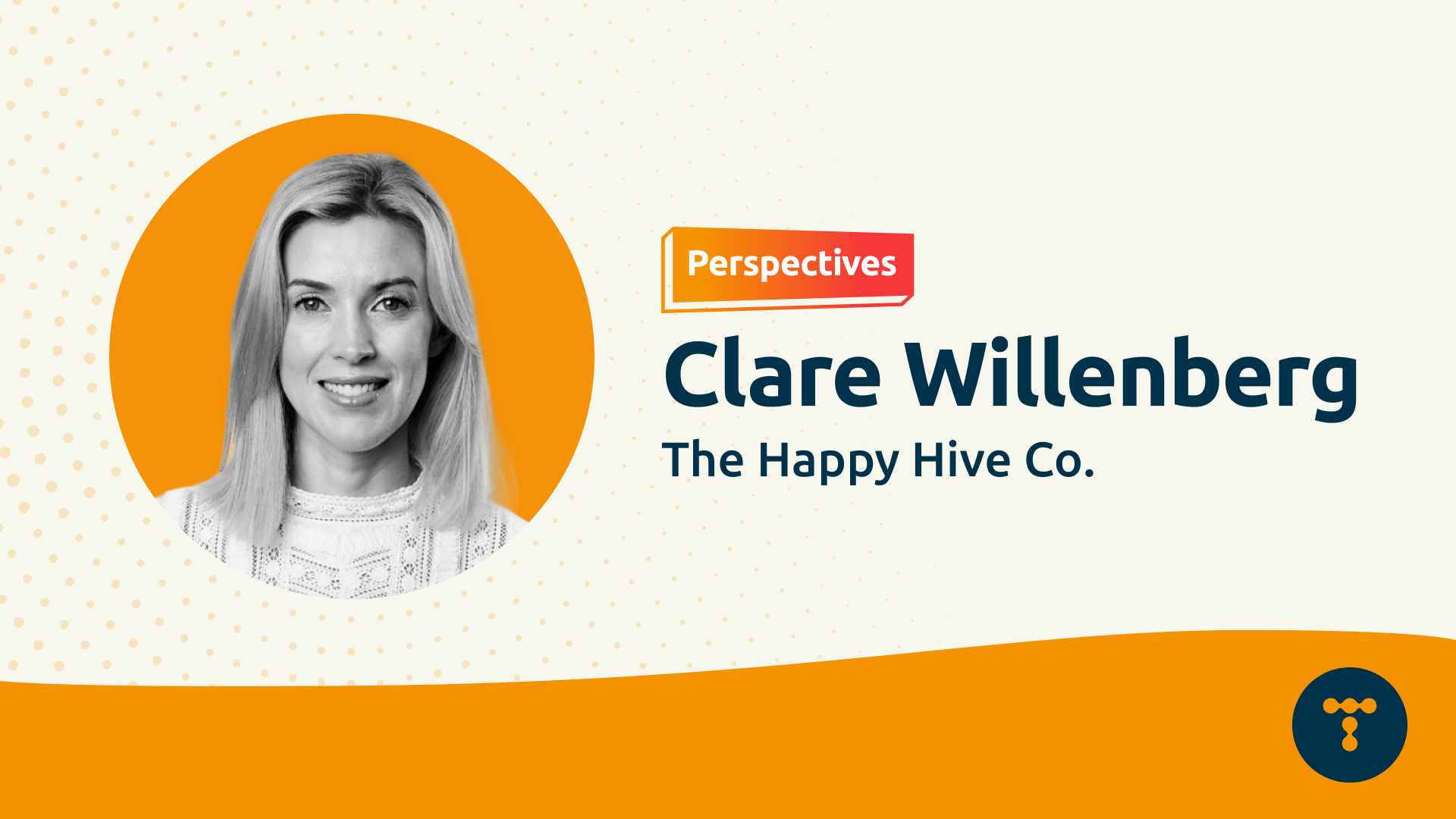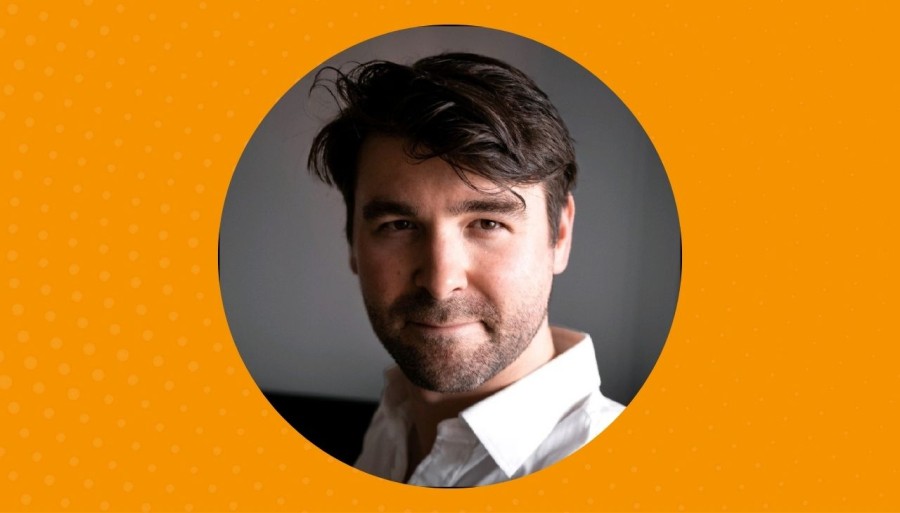This is where good hires can go bad.
Why onboarding still gets sidelined
Despite its clear benefits - faster productivity, stronger engagement, higher retention - employee onboarding remains one of the most overlooked people processes in PR and communications agencies.
Why? Because:
- Time is tight: Teams are stretched. Senior staff are client-facing and billable, leaving little bandwidth for structured onboarding or mentoring.
- It's seen as admin: Onboarding is often treated as a checklist task, not a strategic driver. And if its effectiveness isn't being measured, it stays at the bottom of the priority list.
- Things move fast: Agency work is dynamic. Processes evolve quickly, which makes it hard to keep onboarding content current.
- Hybrid made it harder: Translating onboarding to virtual formats has often meant losing the human touch, especially in smaller teams.
What high-performing agencies do differently
The best agencies - those with reputations as great places to work - treat onboarding as a strategic investment. They recognise that it's not just about day one logistics. It's about accelerating culture, connection, and contribution.
Here's what sets them apart:
- Cultural immersion from day one
Onboarding is the first opportunity to show (not just tell) new hires what your culture is all about. It's also critical that the new hire's experience of culture aligns with how it was described to them as a candidate. If the reality doesn't meet the pitch, trust begins to erode. The best agencies make culture tangible from day one through stories, symbols, and rituals that bring their values to life in meaningful and memorable ways. - Tailored, role-specific pathways
Top employers don't do one-size-fits-all. They build onboarding journeys that flex by role, level, and location - whether it's a grad in Melbourne or a senior strategist logging in from Wellington. Hands-on experiences like client immersions, job shadowing, and cross-team projects help new hires learn the ropes and build relationships. - Human connection at the core
Buddies, mentors, structured intros, welcome lunches - the best programs prioritise relationships. When teammates go the extra mile to welcome and mentor their newest members, trust and team cohesion form more quickly. - Onboarding that doesn't end after week one
Around 20 per cent of new hires leave within the first 45 days of employment, according to Harvard Business Review and SHRM data. Smart agencies stretch onboarding over several months. They build in regular check-ins, structured feedback loops, and clear expectations for growth - all critical for setting new hires up for long-term success. - Early wins and meaningful work
New hires don't want to sit in training purgatory. They want to contribute. Find out what their strengths are and give them a project to show off their skills. High-trust teams empower new joiners to take ownership early - with the safety net of support, not micromanagement. - Pre-boarding and slick tech setups
The best experiences start before day one: welcome emails, IT set-up, intro videos, org charts, even a favourite-snack-filled care package. It's all part of signalling, 'we're ready for you'.A Tech audits also ensure tools are intuitive and ready to go - because nothing kills momentum like invalid logins. - They track what matters
Top employers measure onboarding outcomes, not just activity. That means tracking time to productivity, retention of new hires, onboarding satisfaction, and even cultural alignment. Because what gets measured gets improved.
Yes, redesigning your onboarding takes effort upfront. But once built, it becomes a repeatable, scalable system - one that supports team growth, protects your employer brand and culture, and reduces costly turnover.
In an industry where great people are your greatest asset (and cost), it pays to get onboarding right. Not just to tick a box, but to build belonging, fast-track contribution, and create a culture people want to stick with.
Clare Willenberg is the Founder of The Happy Hive Co. and an expert in employee experience for the PR and advertising industry. With 15 years' experience at some of Australia's leading PR agencies, Clare understands agency life from the inside out.
Today, she partners with business owners to create thriving, people-first workplaces that attract standout talent, boost performance, and improve retention. Her practical, people-focused strategies help leaders build cultures that keep great people around - and deliver results where it counts: on the bottom line.
To learn more, connect with Clare on LinkedIn or at clare@thehappyhiveco.com.au.



